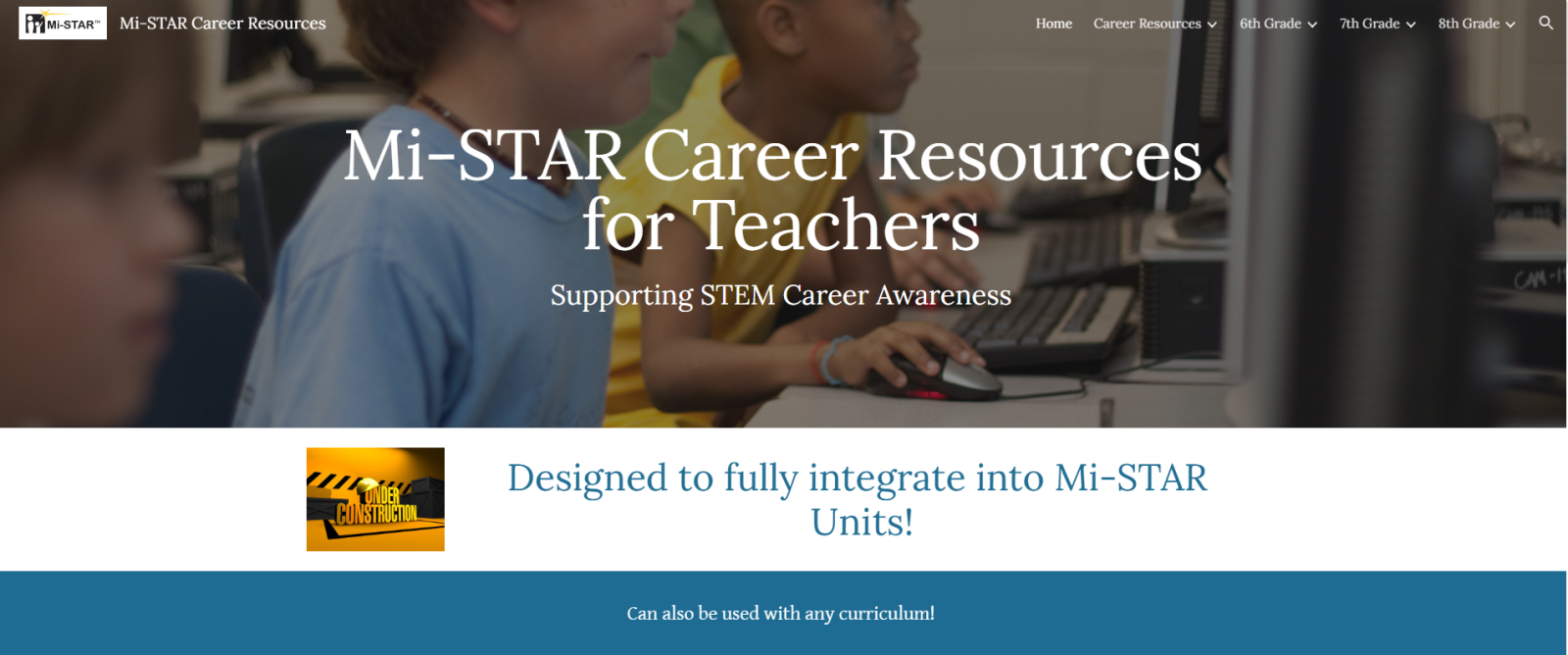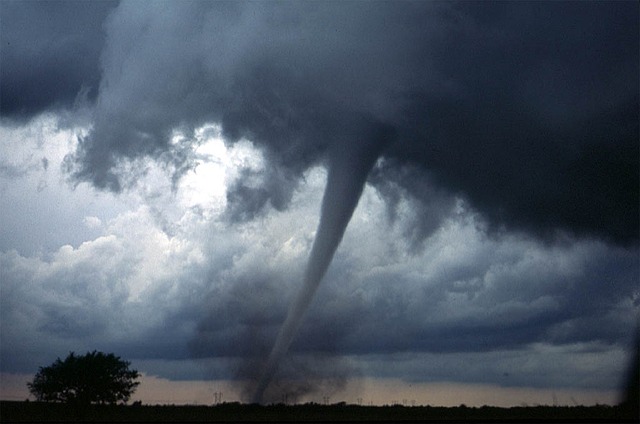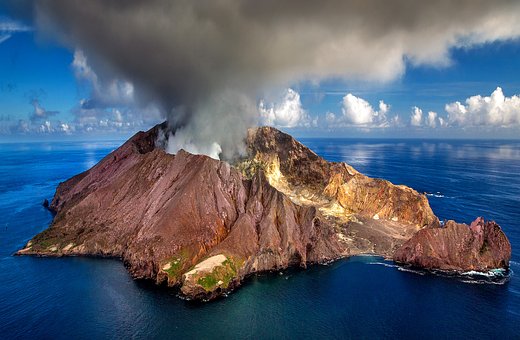Mi-STAR Career Resources Website

https://sites.google.com/mtu.edu/mi-starstemcareerresources/home
Classroom-tested and contributed by classroom teachers!
NASA Career Connection Explorations
Career Connection Explorations (CCE) enhance student understanding of NGSS’s disciplinary core content related to Earth System Science and Space Science through the lens of NASA resources and professionals. CCEs are stand-alone investigations, useful to any teacher regardless of the curriculum they use. Access the CEEs in the table below.
Each CCE is composed of four phases:
Each CCE is composed of four phases:
Phase 1: Introduction - An introduction to the CCE career and a chance for students to think about their prior interests in the career.
Phase 2: Day in the Life - A reading activity that introduces students to an actual person with the CCE career.
Phase 3: Try It Out! - Students engage with one or more activities that lets them try out some of the NASA tools and/or data used in the CCE career.
Phase 4: Mind Mapping - A mind mapping exercise, where students work in small groups and then as a class to brainstorm as many other careers that benefit directly and indirectly from the CCE career.
| Career Connection Exploration | What Students Do | Mi-STAR Unit Tie-in |

CCE#1 - Meteorologist | Students explore what a typical workday is like for a meteorologist and try out some of the tools used to monitor, forecast, and study the weather. | 6.1 - The Water Cycle
8.5A - Regional Climate 8.5B - Weather 8.7 - Global Climate Change |
 | Students explore what it is like to be a volcanologist and engage with NASA related tools and data that are used to monitor volcanos and predict eruptions. | 7.2A - Volcanoes
8.2 - Fossils, Rocks, and Diversity 8.6 - Reducing the Impacts of Natural Hazards |

CCE#3 - Geospatial Analyst | Students explore what it is like to be a geospatial analyst and try their hand at applying some of the tools and data that geospatial analysts use to solve problems. | 6.1 - The Water Cycle
7.2B - Earth's Dynamic Surface |
.jpg)
CCE#4 - Science Communicator | Students explore what it is like to be a science communicator and get a chance to translate scientific information so that it can be comprehended and interesting to non-scientists. | 7.2B - Earth's Dynamic Surface
7.5 - Our Drinking Water Resources 8.4 - Force and Gravity in Solar System Motion 8.5A - Regional Climate 8.6 - Reducing the Impacts of Natural Hazards 8.7 - Global Climate Change |
These resources were supported in part by funding provided by the National Aeronautics and Space Administration (NASA), under award number 80NSSC20M0124, Michigan Space Grant Consortium (MSGC).


















